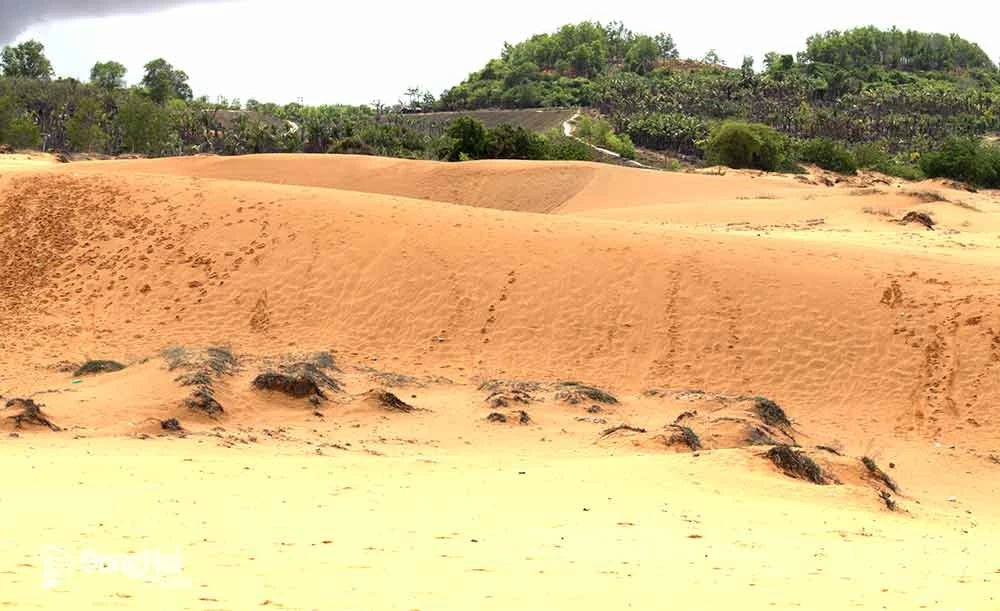 |
The trip helped us feel more the vitality of a coastal tourist city.
Simple Duc Thanh
As scheduled, at exactly 2:30 p.m., we visited Duc Thanh School again. After offering incense and respectfully paying homage to the beloved leader of the Party and the people, we visited the school again and walked around Duc Thanh Bridge to take in the peaceful atmosphere of the fishing village on the Ca Ty River.
Duc Thanh School was originally built in 1907 (the same year as Dong Kinh Nghia Thuc School) on the land of the Nguyen family temple in Thanh Duc village (No. 39, Trung Nhi street, Duc Nghia ward, old Phan Thiet city) and operated until 2012. The Duc Thanh School relic was restored according to the description of the school's former students at the time when teacher Nguyen Tat Thanh participated in teaching. The main structure of the school includes 2 large wooden houses used as classrooms, a small house (Ngoa Du Sao) where work was discussed, honored guests were received, literature and poetry were discussed, and the royal house was the common residence of teachers and students away from home.
The school's operating budget comes from two sources: the profits from 10 acres of first-class land donated by Mr. Huynh Van Dau, a local patriotic rich man, and sponsorship from Lien Thanh Trading Company. Thanks to that, students do not have to pay for their education, and teachers only receive subsidies and do not receive salaries. The school has 4 classes, with a peak of about 100 students, from Saigon, Da Nang , Hoi An, and many other places in the South Central Coast and the Southeast, sent by relatives of the gentry to study.
| An unpleasant image that lingered after the short trip back to Mui Ne was the scene of some locals setting up tents right on the top of the sand dunes to invite visitors to participate in sand sliding games to earn money, unintentionally destroying the inherent wildness of the sand dunes and blocking the view of visitors in the middle of the sand dunes, making visitors feel disturbed. We hope that the local authorities will strengthen management to restore the natural beauty of the sand dunes. |
The familiar, intimate image of the school brings us back to the context of the country more than a century ago when the school, though small, had many progressive ideas and was a meeting place for patriots. The school was founded by patriotic scholars in Phan Thiet, Binh Thuan in 1907 to respond to the Duy Tan Movement initiated by Phan Chau Trinh, Tran Quy Cap and Huynh Thuc Khang. The name Duc Thanh is an abbreviation of Duc Thanh School (Youth Education) with the intention of establishing a place to spread knowledge as well as educate patriotism and Duy Tan ideology to the youth at that time, so the school's curriculum was compiled and annotated by Dong Kinh Nghia Thuc in Hanoi and sent to Phan Thiet...
It was here, on his journey to the South to find a way to save the country, that the young man Nguyen Tat Thanh stopped and worked as a teacher for a short time before boarding a French ocean liner to travel overseas for decades to find a way to save the country and save the people from slavery. The simple ebony-polished sofas and small study room were where the young patriotic teacher spent time reading books, pondering over national and world history; both imparting knowledge to his students and instilling in them the spirit of patriotism and love for the people.
In the backyard, the ancient star fruit tree, planted by the family of Mr. Nguyen Thong (a patriot), is also a place to mark the memories of the young teacher who took care of it himself outside of class and reading hours. Duc Thanh School is not only the place that marks the footsteps of a genius leader, Ho Chi Minh, but also a symbol of the thirst for knowledge and strong patriotism of the Vietnamese people when the country was colonized by French colonialists.
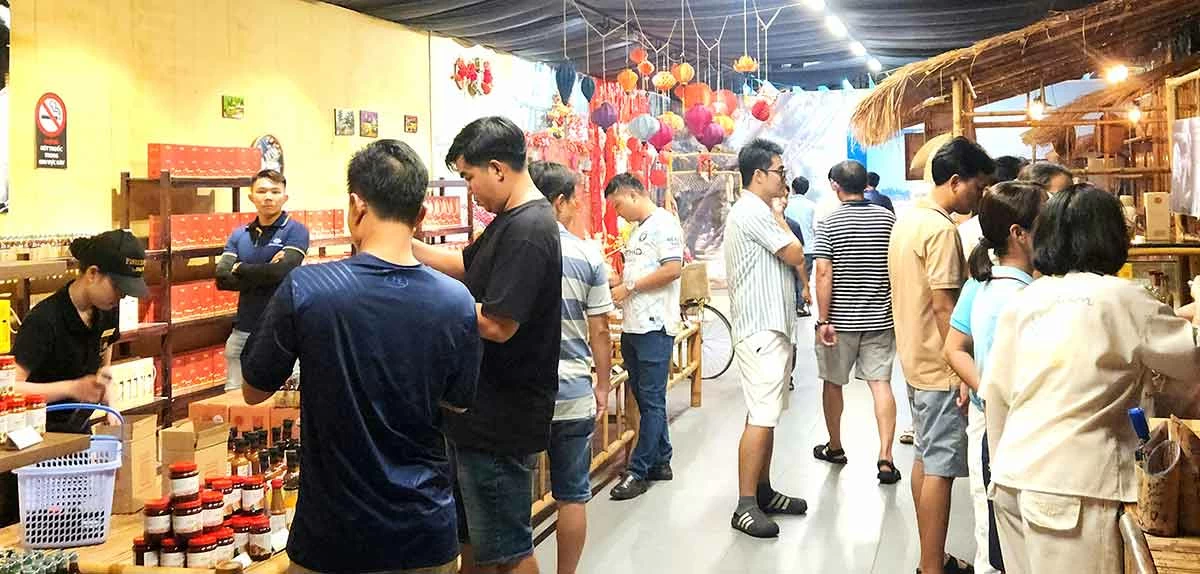 |
| Tourists learn about and buy specialties of Phan Thiet. |
Opposite the school, on the Ca Ty River, is a fishing village with the same familiar images and sounds as the first time I came here more than 20 years ago. It was the time for boats to return from their trips, so every 5-10 minutes a motorboat would speed back to the dock, full of fish and shrimp - the ocean products that have fed the fishermen of the fishing village for centuries. The only difference was that the boats were larger and more numerous, moored close together on the dock, giving visitors a sense of warmth and abundance. In the village, an ancient song was sung, like a sharp accent for the familiar sounds of the fishing village. The space was very intimate. The sky was gradually turning to evening, so the air was pleasant. On Duc Thanh Bridge, people and vehicles still passed by busily, bringing a youthful rhythm to a coastal city.
Salty Mui Ne
At the suggestion of a local, we chose a 4-star hotel on the outskirts of Phan Thiet as our accommodation. This is one of the first high-end resorts built in the "resort capital of Mui Ne" more than 25 years ago. That evening, we returned to the outskirts of Mui Ne for dinner. On both sides of the road, houses were built close together and most of them were still tourism businesses. We were introduced to a restaurant to enjoy seafood dishes. It was worth the effort when the owner of the restaurant gave the group a special table by the sea so that everyone could breathe fresh air, completely separate from the dining tables of the group guests inside the restaurant. In addition to rustic dishes such as grilled squid and sea cucumber, everyone enjoyed lobster with firm, sweet meat and the characteristic salty taste of the ocean.
The next morning, we took a taxi back to visit Mui Ne sand dunes. According to the taxi driver, the locals call this red sand dunes because it has a darker yellow color compared to the yellow mixed with the color of normal beach sand. Although it is no longer wild and vast like when I first came, the smooth sand dunes lying under the sun, naturally creating very attractive lines, also allowing visitors to feast their eyes and let their imaginations run wild.
Around noon, the group decided to visit a private museum about a traditional fishing village located on the outskirts of Phan Thiet. There were quite a lot of visitors. Many women competed to pose at the entrance. With an entrance fee of 100,000 VND, visitors were guided about the indigenous culture of the Cham people in Phan Thiet - Binh Thuan (old), introduced to ancient houses, the village gate and daily activities in the lives of the people such as weaving nets, casting nets, pulling nets, making fish sauce, making salt. Visitors also experienced raking salt in the salt fields, and tasted traditional pure fish sauce with high protein content, which people commonly call "nuoc mam nhi". In addition to anchovy fish sauce, there is also fish sauce made from shrimp with a fragrant taste and shimmering dark yellow color. Visiting the fishing village and tasting delicious pure fish sauce helps visitors understand more about the famous specialty of Phan Thiet made from the salty taste of the ocean, the sun and wind of the South Central Coast and the hard-working hands of the people here.
The facility gives out 30,000 VND coupons to each visitor to buy fish sauce products as gifts. There are many sizes and types of fish sauce for customers to choose from, but the common price ranges from 100,000 VND/250ml bottle. We chose the type with more fish and less salt for 95,000 VND/bottle to buy a pair for each person as gifts.
What impressed us was that in a small space, the museum of traditional fishing villages has collected and preserved many valuable documents such as 2 royal decrees of Binh Thuan fishing villages of the Nguyen Dynasty (of King Dong Khanh and King Khai Dinh) and many old images of Phan Thiet fishing village with street scenes, architectural works from the early 20th century to the years 1945-1958 with very sharp black and white photos. In particular, this place also preserves and displays the precious wooden house of Ham Ho (a common name for the old fish sauce tycoon), who owned at least 5 sticks (1 stick is 1 barrel house including 10 barrels with a capacity of about 5 tons of fish).
Office
Source: https://baodongnai.com.vn/dong-nai-cuoi-tuan/202507/ve-phan-thiet-59c255a/



![[Photo] Prime Minister Pham Minh Chinh receives CEO of Samsung Electronics](https://vphoto.vietnam.vn/thumb/1200x675/vietnam/resource/IMAGE/2025/8/26/373f5db99f704e6eb1321c787485c3c2)
![[Photo] Multi-colored cultural space at the Exhibition "80 years of the journey of Independence - Freedom - Happiness"](https://vphoto.vietnam.vn/thumb/1200x675/vietnam/resource/IMAGE/2025/8/26/fe69de34803e4ac1bf88ce49813d95d8)



![[Photo] Prime Minister Pham Minh Chinh chairs meeting of National Steering Committee on International Integration](https://vphoto.vietnam.vn/thumb/1200x675/vietnam/resource/IMAGE/2025/8/26/9d34a506f9fb42ac90a48179fc89abb3)




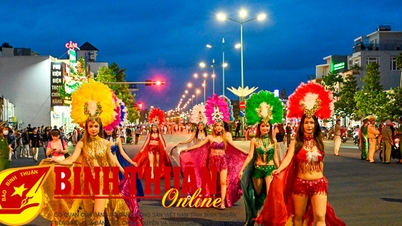

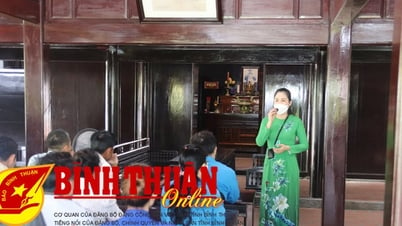
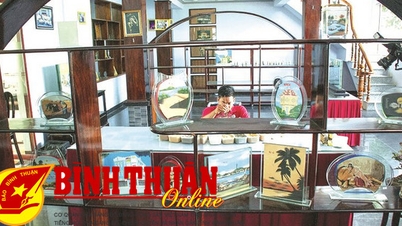
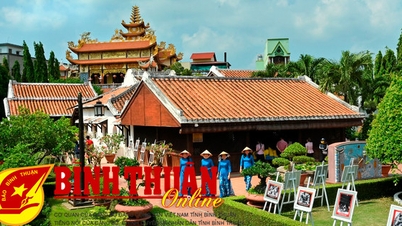



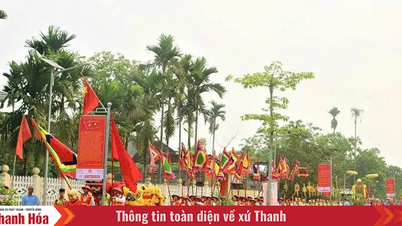





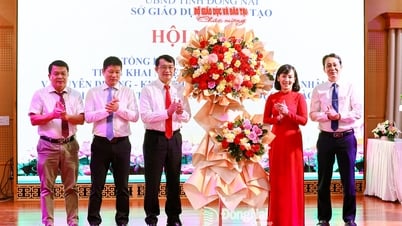







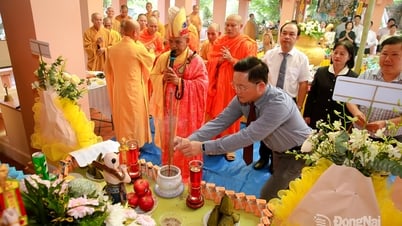
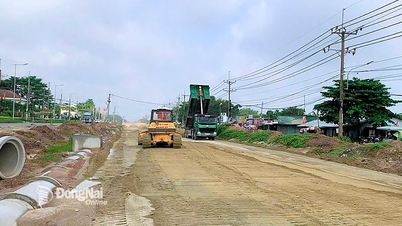

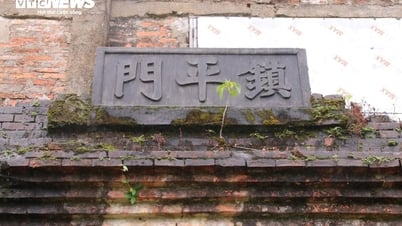

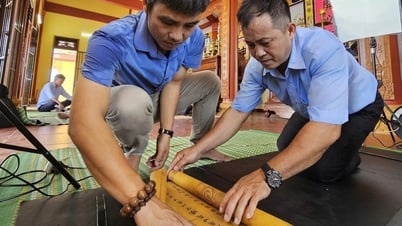

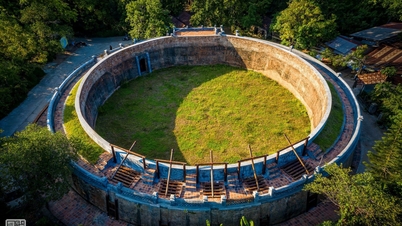

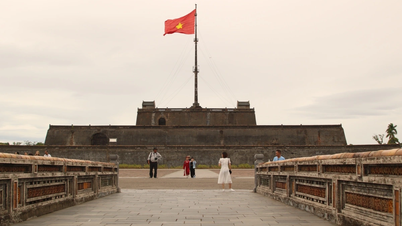

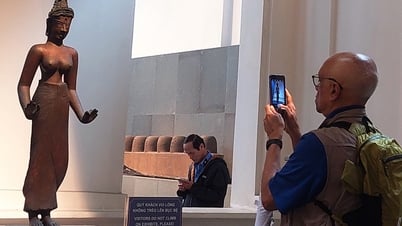
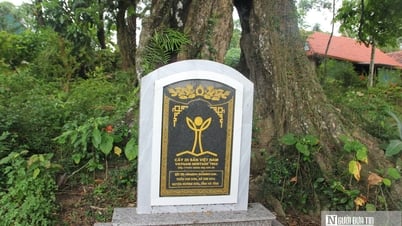

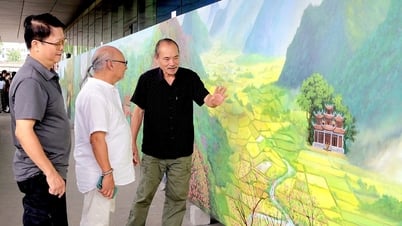






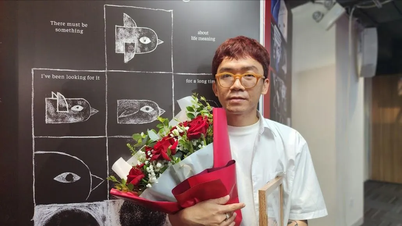

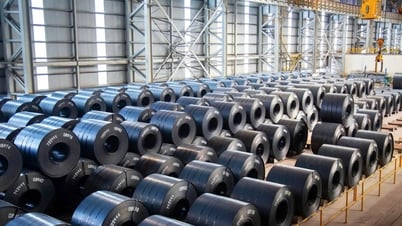








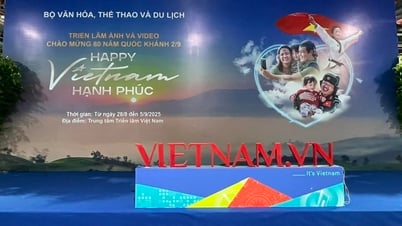









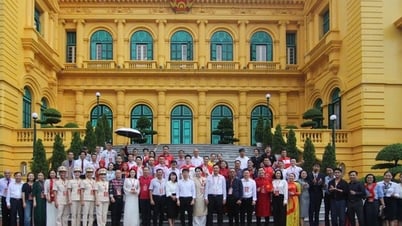





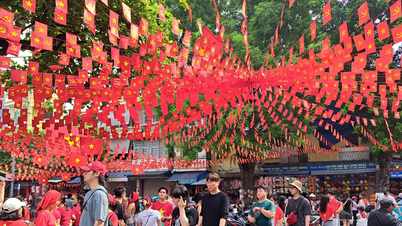


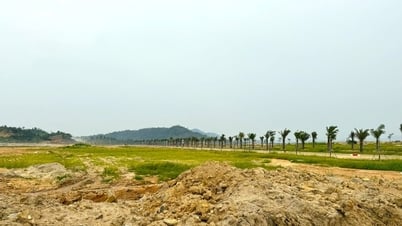
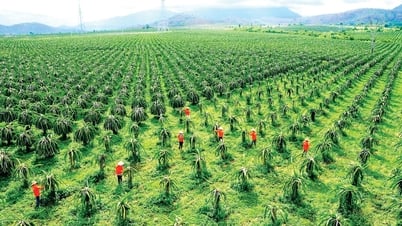




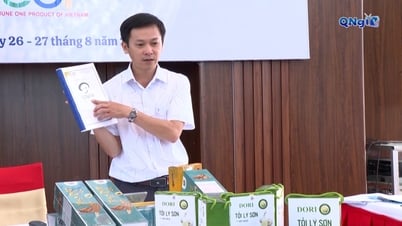



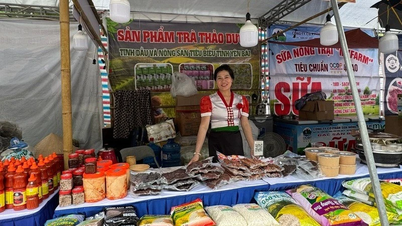



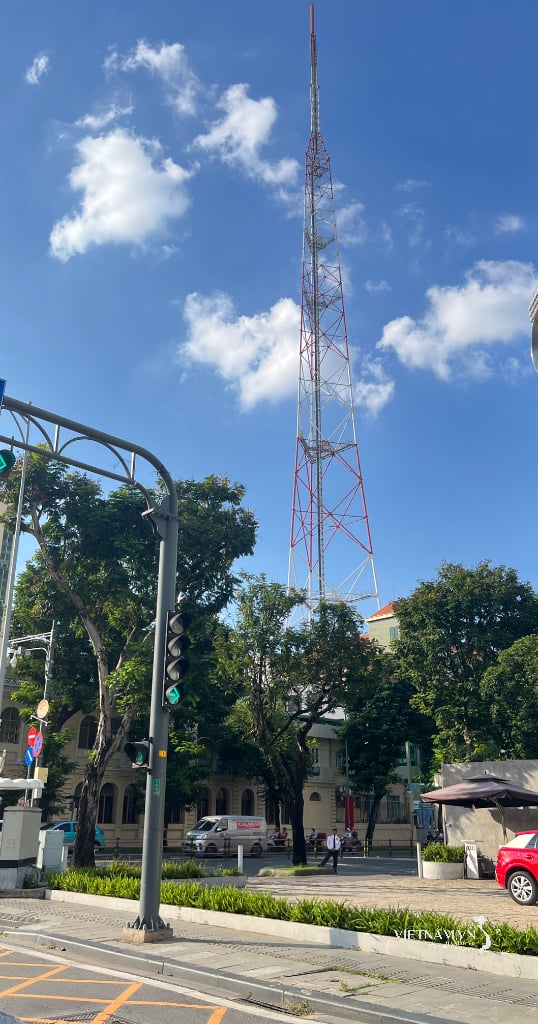
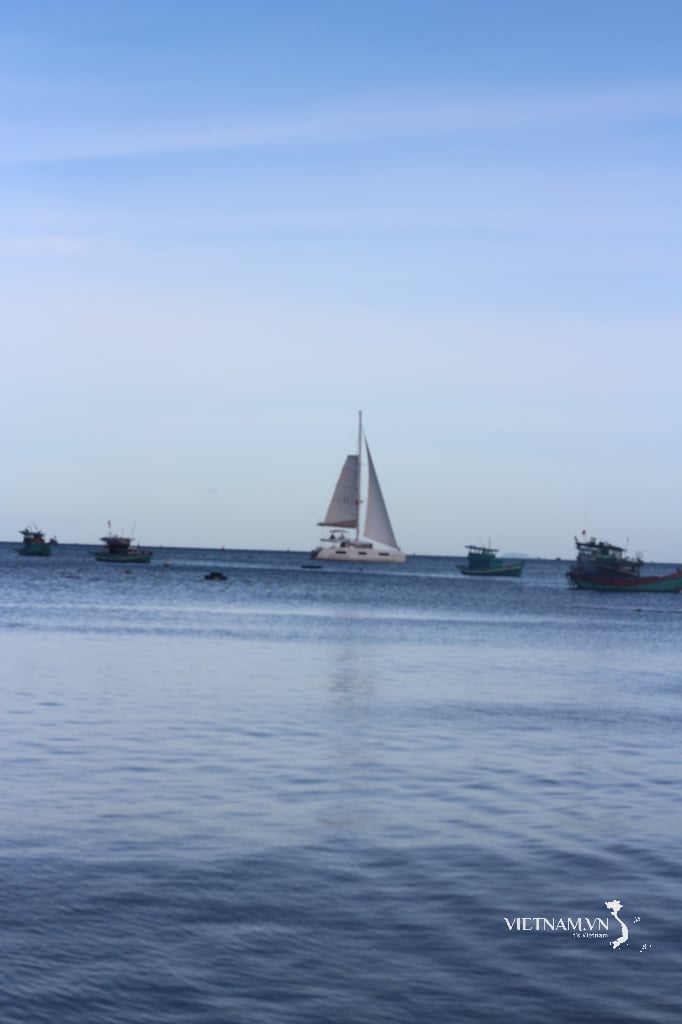
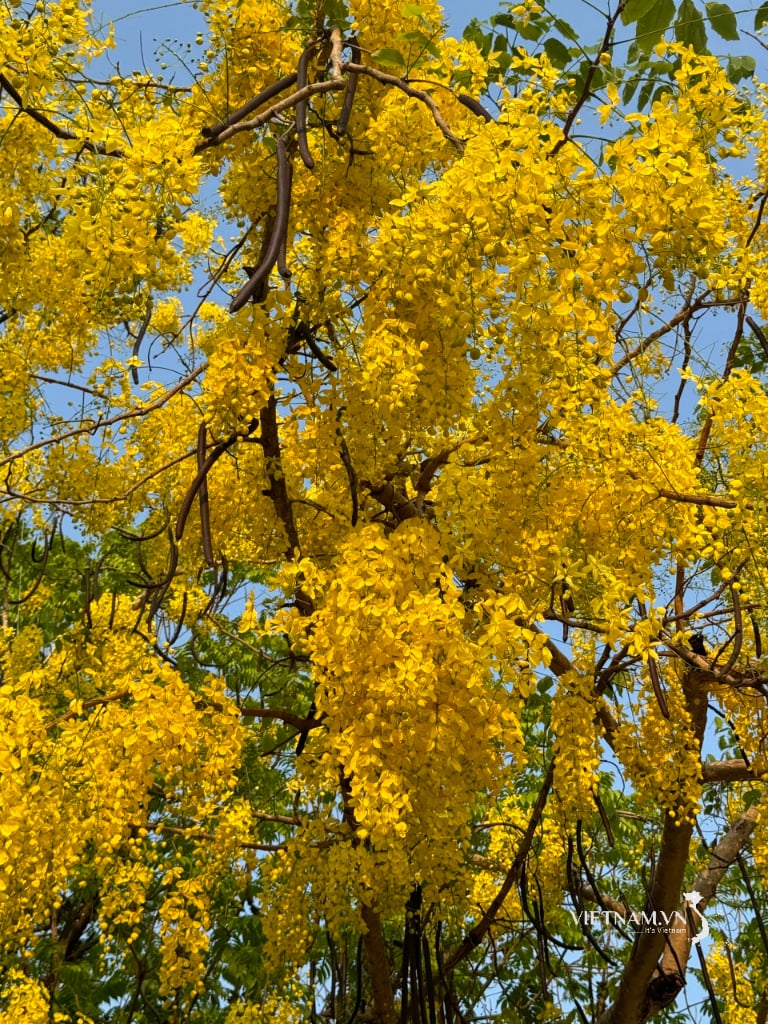
Comment (0)